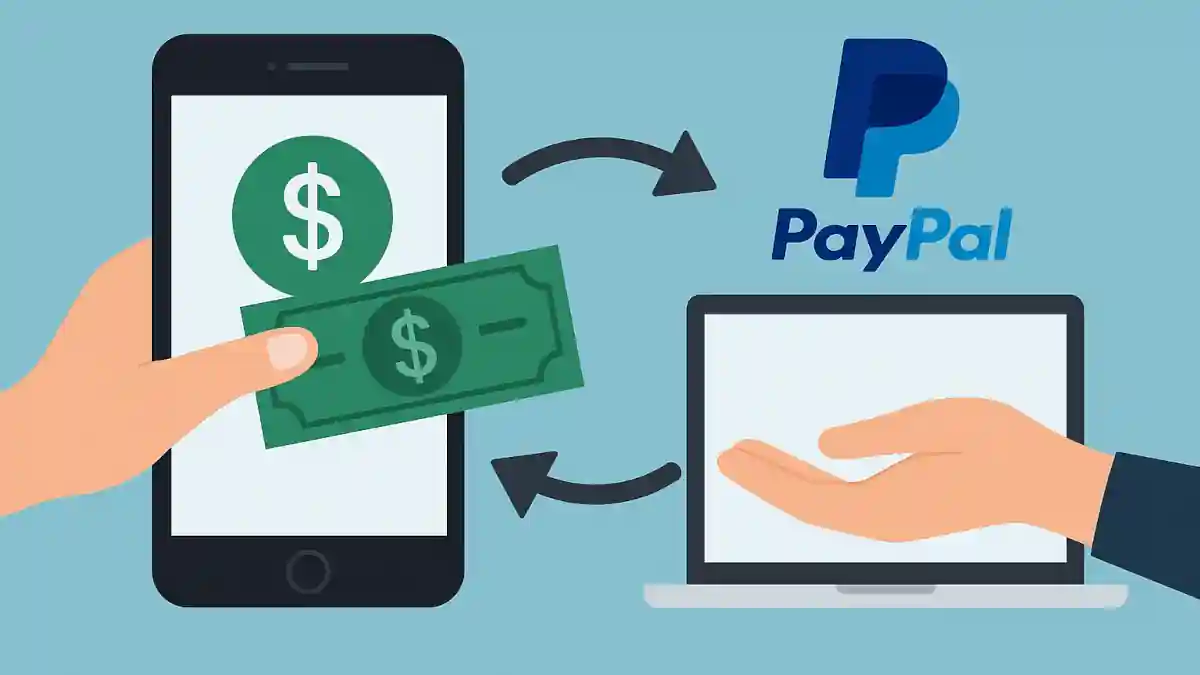Pending payments are common for new sellers, invoice transactions, or certain account types. If you’ve recently received money on PayPal but notice it is pending, you might be wondering how to accept it. This guide will walk you through how to accept pending payments on PayPal and ensure you get your money faster.

Why Do PayPal Payments Show as Pending?
Before learning how to accept them, it’s important to understand why PayPal may hold your funds:
- New account activity – If your account is new or you haven’t sold in a while, PayPal may place funds on hold for up to 21 days.
- Unverified account – Payments may remain pending if your email address is not confirmed or your account isn’t verified.
- High-risk transactions – Unusual payment amounts, international buyers, or disputes can trigger payment holds.
- eCheck payments – These take time to clear, similar to traditional checks.
How to Accept Pending Payments on PayPal
Follow these steps to claim your funds:
1. Log in to Your PayPal Account
- Go to PayPal.com or open the PayPal mobile app.
- Enter your email address and password.
2. Check Your Activity Dashboard
- Navigate to “Activity” from the top menu.
- Look for transactions marked as Pending or On Hold.
3. Confirm Your Email and Account Details
- If this is your first payment, PayPal requires you to confirm your email.
- Go to Settings > Account > Email and click Confirm.
- Complete account verification by linking your bank account or card if required.
4. Accept or Claim the Payment
- If your payment requires manual acceptance, you’ll see an “Accept” or “Claim” button next to the transaction.
- Click Accept the Payment. You may be asked to choose between keeping the money in your PayPal balance or transferring it to your bank.
5. Provide Transaction Updates (for Sellers)
- If PayPal is holding your funds, update the transaction with shipping information or tracking details.
- Mark the order as Shipped or Completed. This helps PayPal release your funds faster.
How Long Does It Take to Receive Pending Payments?
- Instant – If you accept a direct payment or transfer to your bank.
- 1–3 business days – Standard bank transfer processing.
- Up to 21 days – If PayPal is holding the payment due to account review, disputes, or risk checks.
Tips to Avoid Payment Holds in the Future
- Verify your PayPal account by linking a bank account and confirming your identity.
- Ship products promptly and upload tracking numbers.
- Maintain a good selling history and resolve disputes quickly If you sell with PayPal.
- Keep your account information up to date.
Frequently Asked Questions
Why is my PayPal payment pending?
A PayPal payment may show as pending if your account is new, your email is not confirmed, the transaction is high-risk, or the payment was sent as an eCheck. In some cases, PayPal holds funds for up to 21 days.
How do I accept a pending payment on PayPal?
To accept a pending payment, log in to your PayPal account, go to your Activity page, and look for the transaction marked as pending. If available, click the “Accept” or “Claim” button to move the money into your PayPal balance or bank account.
How long does PayPal take to release pending funds?
PayPal usually releases funds instantly once you accept them, but standard bank transfers take 1–3 business days. In cases where PayPal places a hold, it may take up to 21 days for the money to be available.
Can I speed up the release of pending payments?
Yes. You can speed up release by confirming your account, updating the order with tracking information, and delivering products on time. A positive selling history helps reduce future holds.